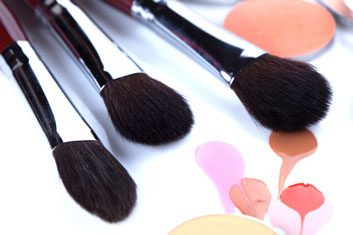
Must-have makeup brushes
While many of us know our way around a blush brush, the same can’t be said about some of the other strange brush shapes and sizes. Figuring out what, and where, they’re for can definitely be a head-scratcher.
Do we really need a wardrobe of brushes? Vancouver makeup artist Ellen Pratt sometimes uses her fingers for creamy products like foundation or concealer- “areas you want to look like the part of the skin.” But we do need brushes for powder blush and face powder, and Jackie Shawn, a Toronto makeup artist whose clients have included Kim Cattrall, also likes brushes with dense bristles to “help place the product accurately” for tiny crevices on lids and noses.
Synthetic or natural bristles: what’s the difference?
Bristles come in natural, synthetic or a mixture of both. Natural bristles (sometimes made of squirrel fur or goat hair) work well with powder formulas as they “grab” powders well.
Synthetic brushes, which are made of polyester or nylon filaments, are best for applying cream-based makeup products like concealer, foundation or lipstick.
There are brushes for a variety of types and textures of makeup. Here’s your primer.
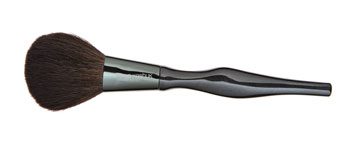
Essential: Powder brush
A powder brush is usually the largest in a makeup kit (with the exception of a kabuki brush; see slide 13). It’s made of dense, soft hairs and has a rounded top, and is used for applying and blending powder, or removing excess powder. Sonia Kashuk for Target Large Powder Brush ($19)
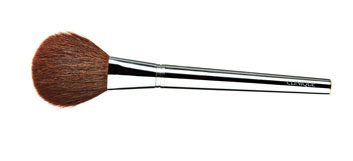
Essential: Blush brush
A blush brush is typically mid-sized, with soft bristles that are dense; it has a rounded top. You can use it for bronzer and highlighter, too. Clinique Blush Brush ($34)

Essential: Rounded eyeshadow brush, soft
If you have only one eyeshadow brush, this should be the type. The pros like soft bristles, and a thick, rounded tip for all-over shading and blending. Yves Rocher Graduated Effect Eye Crease Brush ($10)

Angled brow and eyeliner brush
With flat, firm bristles and an angled tip, this type is for applying eyebrow powder, or softening the line of brows drawn on with a brow pencil. Also use it to apply eyeshadow as an eyeliner, close to your lashes. Benefit Hard Angle Definer Brush ($22)

Concealer brush
This small, firm, paddle-like brush with a slightly pointed tip can be used to apply and blend in concealer. Lancôme #8 Camouflage Brush ($28)
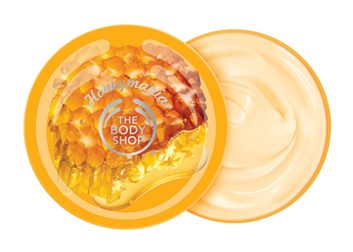
Rounded eyeshadow brush, firm
Use this type for smudging eyeliner and applying eyeshadow to the lid crease. The Body Shop Eyeshadow Brush ($16)
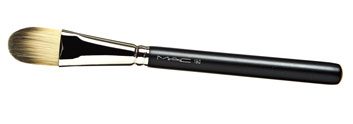
Foundation brush
This is a mid-sized brush with dense and firm bristles, a paddle shape and domed top. M.A.C #190 Foundation Brush ($41)

Fine eyeliner brush
A small brush with a tapered and very fine tip is great for reaching your lash line. You can also use it to smudge cream eyeliner or eyeshadow. Smashbox #21 Arced Liner Brush ($25)
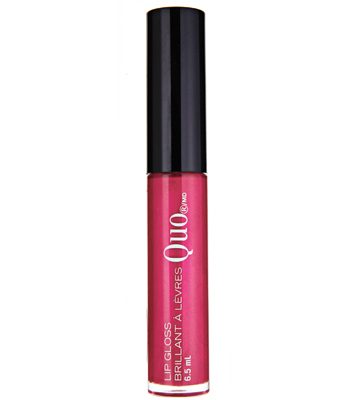
Lip brush
A small brush with a fine tip is used to define lips and fill them in with lip colour. Quo Professional Lip Brush (retractable) ($17)
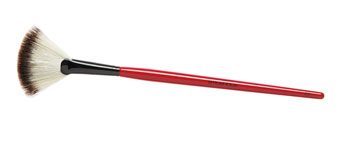
Fan brush
A feather-light flat face brush is for lightly applying any loose powder or pigment, or to sweep away excess eyeshadow that may have migrated. Smashbox #22 Fan Brush ($25)
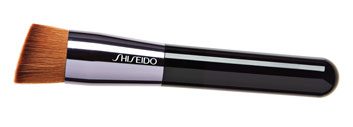
Innovative foundation brush
A dense-bristle foundation brush such as this features an angled shape to work with the planes of the face. It was designed to be used with any foundation formula: powder, cream compact or liquid. Shiseido Perfect Foundation Brush ($33)
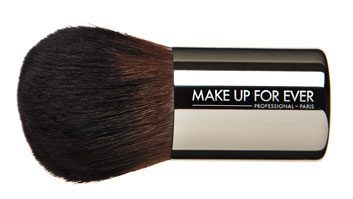
Kabuki brush
A very large fluffy brush with densely packed, soft bristles is great for perfectly blending finishing powder on cheeks, forehead and chin. Makeup artists also like a kabuki for applying bronzer. Make Up For Ever #124 Powder Kabuki Brush ($60)
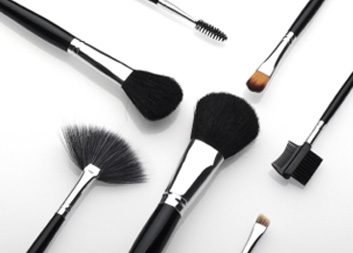
Shopping tips and brush care
Shopping tips
“An expensive brush doesn’t necessarily mean it’s better quality,” says makeup artist Ellen Pratt. Ask a sales associate if you can touch it. “You really need to feel the brush. For example, if it’s a rounded brush, I pinch it and if all the tips line up and there is a smooth line with no bristles sticking out, it’s good.” Pratt also does a swirl test: Gently press on the back of the hand. If the bristles swirl in a continuous line-like it’s turning in on itself-it’s a keeper. Take a pass if you gently tug on the bristles and they come out, or if they feel coarse.
Brush Care
Removing buildup and residue on a regular basis-once a week is optimum-will ensure that your brushes last. Toronto dermatologist Dr. Lisa Kellett adds, “It’s important that anything that touches the skin, whether brushes or hands, be clean since both can transmit bacteria and viruses. I suggest washing your hands prior to applying your makeup.”
Use a shampoo or a mild detergent and massage it into the bristles, being careful not to soak the ferule (where your bristles meet the metal). Rinse thoroughly with warm water.
Flick the brush into the sink to remove excess water (don’t squeeze; this can distort the brush’s shape). Then, to allow it to air-dry properly, lay a towel flat and roll the towel up on one end. Use fingers to reshape the bristles back to their original shape, then place the brush handle on the rolled-up section so the bristle end is angled down.
Related:
• 5 hot blushes for spring
• Staff tested: Bright, bold lip colour
• Beauty bites: The Body Shop
